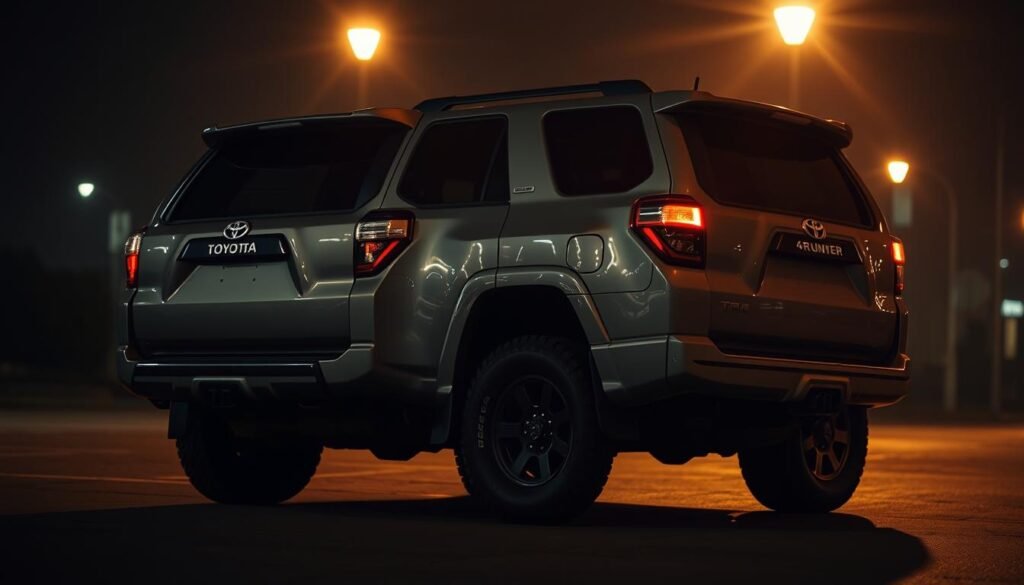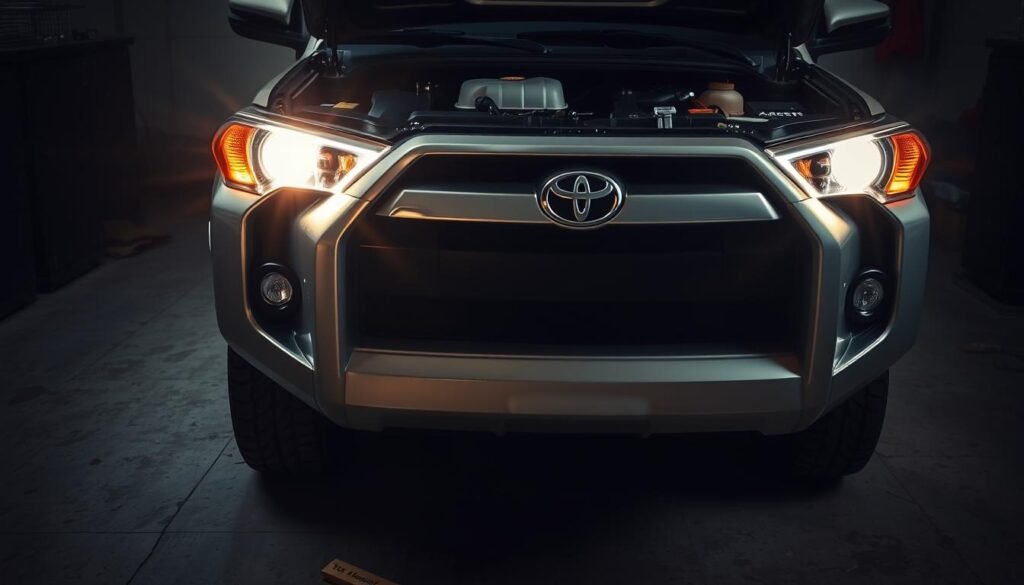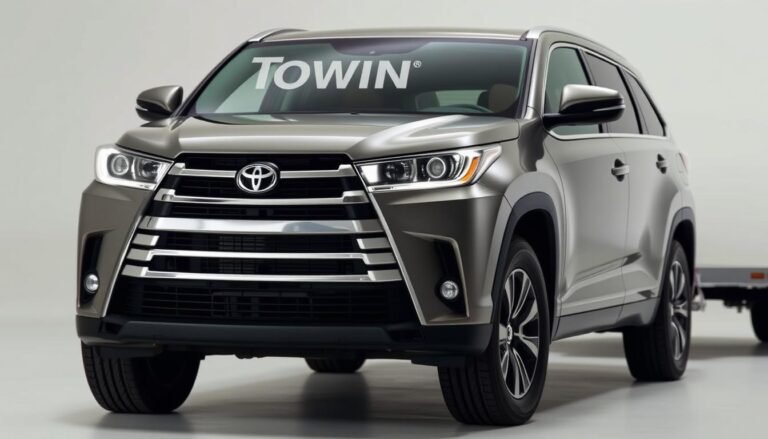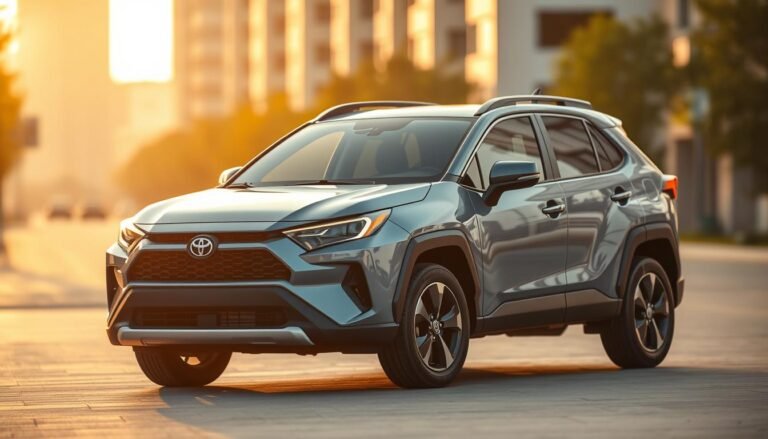Toyota 4Runner Years To Avoid – Buyer’s Guide
The Toyota 4Runner is a strong SUV loved by many since 1984. Yet, not every year model is good.
Some have mechanical problems making them bad choices for buyers. This guide identifies the Toyota 4Runner years to avoid for a reliable vehicle.
We look into the years that got many complaints. This guide gives insights to confidently choose a used 4Runner. Learn about the less reliable generations and get tips for a good pick.
This info helps save time, money, and avoid headaches, whether it’s your first SUV or an addition to your collection.
Introduction To The Toyota 4Runner
The Toyota 4Runner is known for being tough and ready for adventure. For years, it has built a strong base of fans.
These fans love off-road driving and using their 4Runner every day. The story of the Toyota 4Runner started in 1984.
That’s when it first came out. Since then, it has gone through a lot but still remains popular. With each new Toyota 4Runner generation, there were improvements.
These made it perform better and more comfortable to ride in. Its journey from being super rugged to now being more advanced shows how Toyota focuses on making things better.
For those thinking about buying a 4Runner, knowing its history is really helpful. It helps you know which models are the best and which ones to possibly avoid.
Now, with five generations to its name, the Toyota 4Runner offers a lot. This guide helps you understand the different models. That way, you can choose the right one for you.
What is The Toyota 4Runner Generations?
The Toyota 4Runner has a rich history that shows how it has changed over time. Each generation of the Toyota 4Runner has its own unique features and improvements.
Here’s a quick look at each one:
- First Generation (1984-1989): Launched as a compact SUV, this model emphasized off-road capabilities while providing a comfortable ride.
- Second Generation (1990-1995): Known for enhanced reliability and a larger structure, it earned a reputation for durability, making it popular among outdoor enthusiasts.
- Third Generation (1996-2002): This generation introduced several robust features, although certain models faced issues with rust that impacted their longevity.
- Fourth Generation (2003-2009): This era was marked by multiple complaints, particularly concerning body rust, head gasket failures, and dashboard problems, departing from some earlier dependability.
- Fifth Generation (2010-Present): Recognized for its generally reliable performance, this generation maintains popularity but is not without minor issues that can arise over time.
Knowing the differences in Toyota 4Runner generations helps you make smart choices when picking a used model.
Learning about the common issues of older models and the advantages of new ones guides your decision-making.

Toyota 4Runner Years To Avoid
When you’re looking at a used Toyota 4Runner, knowing which years had problems is key.
Some models have big issues that might affect how they run and last. Here’s a list of the toyota 4runner years to watch out for.
| Generation | Model Years | Known Issues |
|---|---|---|
| First Generation | 1988-1989 | Head gasket failures, significant rust issues. |
| Second Generation | 1990-1995 | Recurring head gasket failures, suspension problems. |
| Third Generation | 2001-2002 | Severe rust problems, quality inconsistencies affecting reliability. |
These listed generations are the main ones to be cautious about. Knowing these issues can help you choose wisely. It makes sure your next buy doesn’t bring unexpected troubles.
Fourth Generation: Years To Stay Away From
The fourth generation Toyota 4Runner, from 2003 to 2005, has some issues. People generally find these models less reliable because of various problems.
These models have big issues like head gasket failures and a lot of rust. These problems can weaken the car’s structure.
The 2004 model also had many complaints about the dashboard cracking and brake failures.
Problems like these can make repairs expensive and affect the car’s safety and how well it drives.
| Year | Common Problems | Impact on Reliability |
|---|---|---|
| 2003 | Head gasket failures, rust issues | Low |
| 2004 | Dashboard cracking, brake system failures | Low |
| 2005 | Rust, miscellaneous electrical issues | Moderate |

Fifth Generation: A Reliable Choice
The fifth generation Toyota 4Runner hit the market in 2010 as a solid choice for reliability.
It was a big step up in design and functionality, with fewer problems than older versions. Starting in 2010, the 4Runner showed better engineering and safety.
However, models from 2010 to 2013 had some issues with airbag deployment. These problems got fixed with recalls, making the cars safer.
Starting in 2017, the 4Runner really improved, with fewer complaints and happier customers.

The fifth generation Toyota 4Runner stands out as a great pick. It offers durability, reliability, and updated technology. This makes it a wise choice for those looking at used SUVs.
Common Toyota 4Runner Problems
The Toyota 4Runner is usually reliable, but it can still have some issues. One major problem is rust, especially in older versions.
Fourth-gen models often show signs of rust and corrosion, especially if they’ve been used a lot. This problem can mess with the look and strength of the car over time.
Engine and transmission issues are also big concerns. Many models made before 2010 have serious engine problems, like head gasket failures.
Transmission troubles might also pop up, leading to expensive fixes. Knowing about these issues can help you choose a more reliable used Toyota 4Runner.

Tips To Select A Reliable Used Toyota 4Runner
Looking for a used Toyota 4Runner? Use the right strategies to make your buy better. Getting advice on reliable SUVs helps you find a good vehicle for your needs.
Start by looking at service records. A detailed history shows good care, making you feel good about its condition. Check for regular upkeep like oil changes and brake checks.
Check the car’s body for rust, especially if it’s an older model. Pay extra attention to the undercarriage, as rust often starts there.
A clean underside means you could save money on future repairs. Look into the car’s past ownership.
Fewer past owners often mean less wear and tear. This can tell you a lot about how well the vehicle was maintained.
Finally, learn about the most reliable model years. Focus on the fifth generation, which began in 2010.
Models from these years usually have better tech and build quality, improving your drive.
Best Years For The Toyota 4Runner
The Toyota 4Runner shines from 2010 to 2016. These years are known for being reliable and strong. They have fewer problems and are built to last.
People who own them and mechanics praise these models. They are great choices if you’re looking for a used car.
The 2009 model is special too. It’s the last one of the fourth generation. It combines the best parts of older models and adds improvements.
This fixes a lot of previous issues. So, 2009 is also a great pick when choosing a reliable Toyota 4Runner.
Choosing one of these excellent years might make you very happy. You’ll probably have less to worry about.
Conclusion
Knowing about the Toyota 4Runner is key if you’re thinking about buying one. This guide shows that not all 4Runners are the same.
Some years are better than others. By learning about the good and bad years, you can pick a great model and dodge the bad ones.
This guide points out the years to avoid and highlights the best ones. With this info, you can confidently find a 4Runner that’s worth your money.
It’ll save you from spending on repairs for a bad choice. The Toyota 4Runner is still a top pick for those wanting a sturdy SUV.
Using the tips from this guide, you can snag a 4Runner that’ll serve you well on your adventures. This approach helps you stay clear of the problem years.
FAQs
What are the most unreliable years for the Toyota 4Runner?
Avoid the 1988-1989, 1990-1995, 2001-2002, and 2003-2005 models. They had issues like head gasket failures, rust, and dashboard problems.
Which Toyota 4Runner generation is considered the most dependable?
The fifth generation, starting in 2010, is the most reliable. This generation has fewer problems compared to earlier ones.
What common issues should I look for in used Toyota 4Runners?
Look out for rust and body troubles, especially in older models. Engine and transmission issues are also common in models before 2010.
Are there specific Toyota 4Runner models I should completely avoid?
Yes, steer clear of the 1988-1989 and 2003-2005 models. They’re known for head gasket and rust issues, making them less reliable.
How can I determine if a used Toyota 4Runner has been well-maintained?
Check the vehicle’s service records and inspect for rust, particularly in older models. Asking about its ownership history can also help gauge its condition.
What are the standout years in terms of reliability for the Toyota 4Runner?
Models from 2010-2016 and the 2009 model are best. They are known for their excellent reliability and performance.
What are the known problems with the Toyota 4Runner’s fourth generation?
The fourth generation, especially the 2003-2005 models, had big issues. These include head gasket failures, rust, and dashboard cracking.







